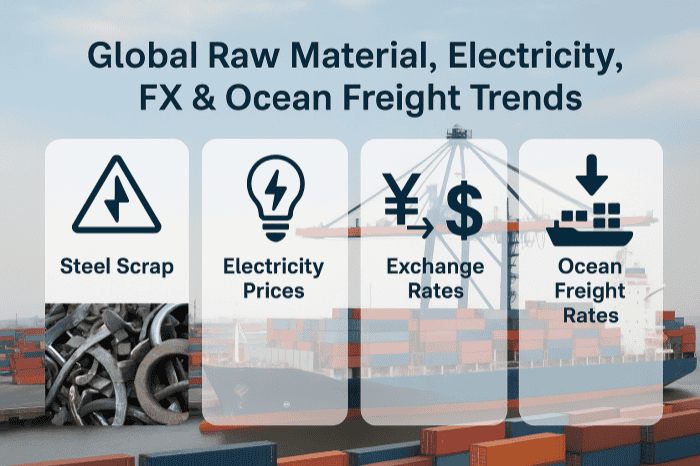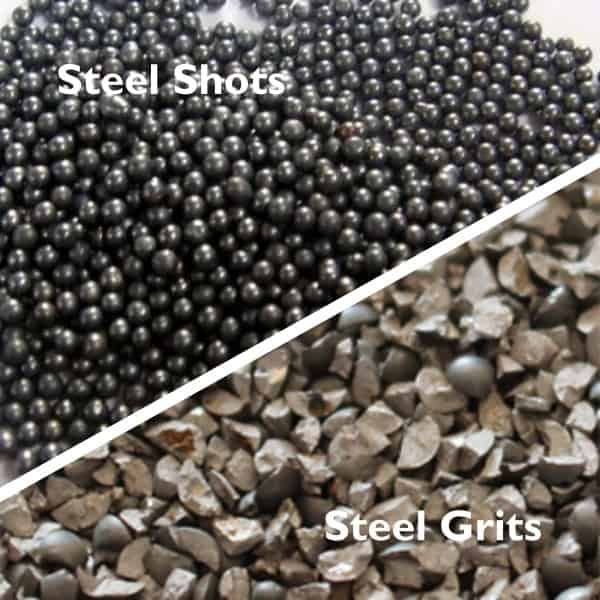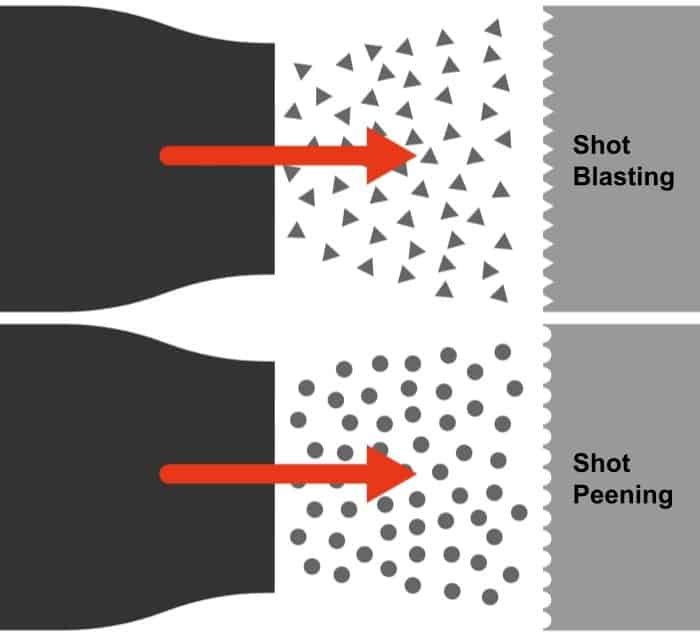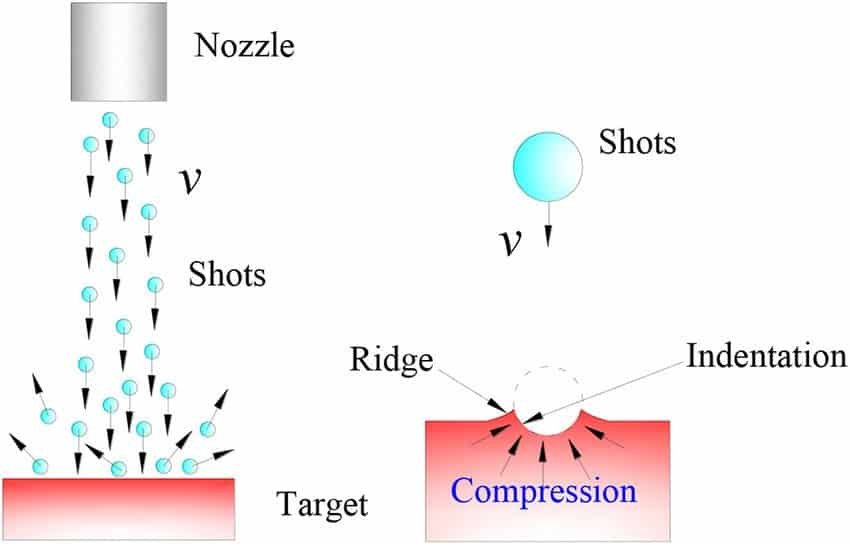Shot Peening vs Satin Finishing: Which Is Better for Steel Surfaces?

Shot peening and satin finishing solve different problems. Peening uses spherical impacts to create compressive residual stress and extend fatigue life. Satin finishing uses controlled abrasion to deliver a uniform, low-gloss texture without adding strength. This guide explains mechanisms, KPIs, applications, cost-in-use, and two validated routes for combining both processes on steel components.
Media Used in Shot Peening: Which Media Should You Choose?

Selecting shot peening media shapes fatigue life, finish, and cost. This guide compares steel shot, glass beads, ceramic beads, and stainless steel shot, explaining when each excels. Learn how size and hardness affect Almen intensity, coverage, and roughness, how media quality and standards ensure repeatability, and how to judge total cost-in-use for reliable, audit-ready results.
September 2025 Steel Abrasives Market Brief — Raw Materials, Electricity, FX & Freight Trends

In September 2025, steel scrap prices softened, electricity rates in Shandong remained stable, and Qingdao export freight edged lower. With USD/CNY exchange holding steady, the outlook for steel abrasives pricing in Q4 is favorable. This report summarizes key cost trends to help distributors and end-users plan sourcing of cast steel shot, grit, and stainless media effectively.
Steel Shot vs Steel Grit in Shot Peening: Which Should You Choose?

Steel shot and steel grit are both steel abrasives, but they serve different goals. Shot peening needs spherical steel shot to create uniform compressive stresses and extend fatigue life. Blasting relies on angular steel grit to clean and profile surfaces. This guide explains the differences, standards, and how to choose correctly.
Shot Blasting vs Shot Peening: What’s the Difference?

Shot blasting and shot peening may look similar, but they serve very different purposes. Blasting cleans and prepares surfaces for coatings, while peening strengthens metals, improves fatigue life, and prevents cracks. This guide explains how they work, their benefits, and real-world applications across aerospace, automotive, and construction.
Shot Peening Explained: How Does the Process Improve Metal Performance?

Shot peening is a proven surface treatment process that strengthens metals by creating beneficial compressive stresses. Unlike shot blasting, which focuses on cleaning, shot peening enhances fatigue life, prevents crack growth, and boosts durability. This guide explains the process, media, machines, benefits, and applications across multiple industries.
Exploring the Different Types of Steel Shots and Their Uses?

Steel shots are essential abrasives used in blasting and peening, but not all shots are the same. Their performance depends on material, hardness, production process, and size — each factor influencing durability, cleaning power, and surface finish. This guide explores the different types of steel shots, from high carbon and low carbon to stainless steel grades 304 and 430, as well as cast and cut wire processes. You’ll also learn how shot hardness and size affect applications in industries such as automotive, aerospace, shipbuilding, and stainless steel fabrication.
How to Choose the Right Stainless Steel Abrasive Media? A Practical Selection Guide

This practical guide compares stainless steel abrasive media across materials (304 vs 430) and processes (atomized vs cut wire, with different conditioning levels). Learn how each option affects corrosion resistance, durability, dust generation, surface finish, and cost — and get clear advice on choosing the right media for your blasting or peening needs.
Stainless Steel Shot Blasting Media: Types, Working Principles & Applications

Discover how stainless steel shot blasting media works, its types (atomized vs cut wire), advantages, and key applications across industries for cleaner, longer-lasting surfaces.
